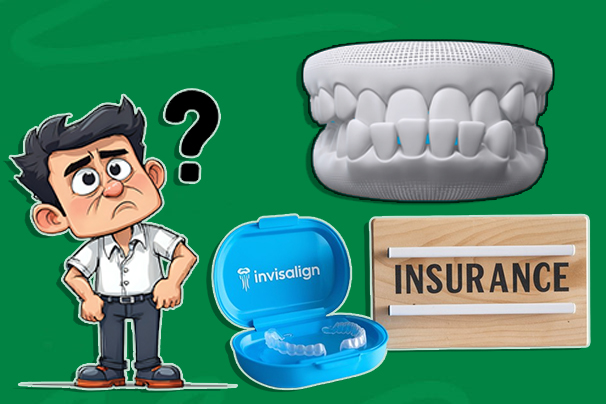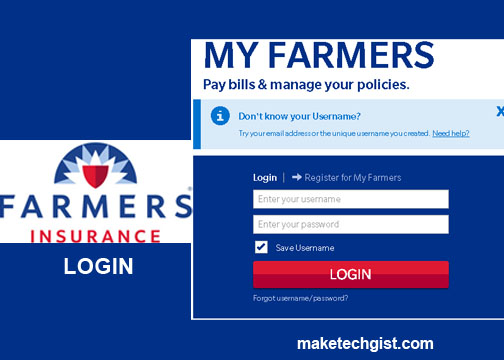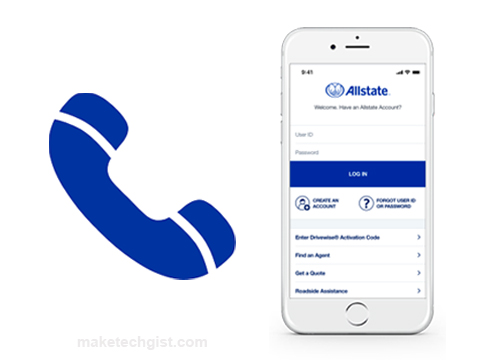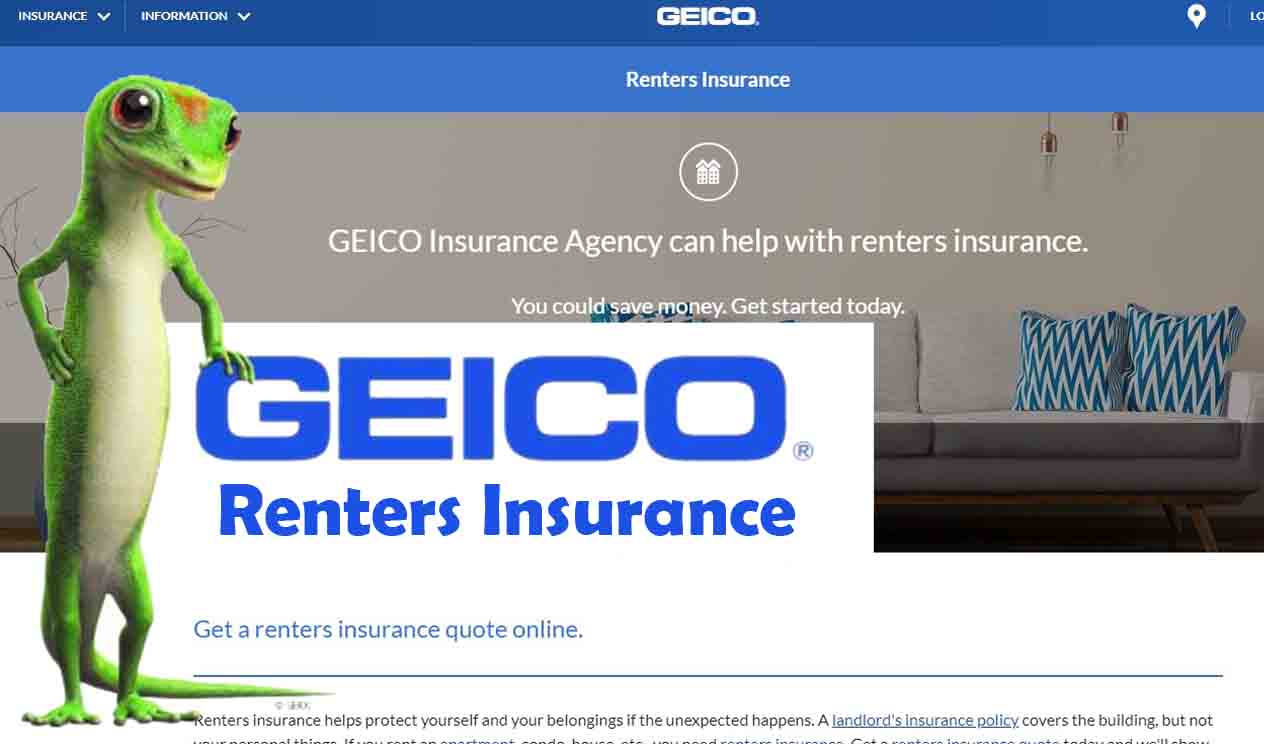Invisalign is a new technology that uses clear plastic aligners to gently move teeth into the desired position. Invisalign in Massachusetts provides patients with more aesthetically acceptable orthodontic choices than traditional braces. With that said, many people are curious about Invisalign insurance and whether dental insurance plans will cover the treatment. Depending on your insurance plan, orthodontic concerns, and the type of clear aligners you receive for treatment.

Does Dental Insurance Cover Invisalign
Yes, dental insurance can cover Invisalign. This means you have options to assist lower your out-of-pocket expenses. Coverage amounts vary per plan. Typically, insurers pay a portion of the cost of orthodontics. Also, keep in mind that some insurance only cover orthodontics if they are medically required.
Therefore, Invisalign may be excluded if it is seen as a cosmetic procedure. Furthermore, if your dental plan includes conventional braces, your insurance may cover Invisalign in the same way. Simply ensure that Invisalign, in particular, is included.
What Is Invisalign
Invisalign is an orthodontic therapy in which you wear a set of clear, plastic, removable aligners to progressively reposition your teeth into their right places. The patient wears each set of aligners for a few weeks as directed by their dentist, and then moves on to the next pair until the treatment is completed.
How Much Does Invisalign Cost
Invisalign can cost anything between $1,200 and $8,000. Given the broad range, numerous factors can influence the cost of Invisalign treatment:
- Treatment duration: The longer you require treatment, the more it will cost.
- Treatment complexity: Mild dental repairs require less difficult treatment, potentially saving money. However, more serious abnormalities, such as malocclusion or crooked teeth, may incur additional costs.
- Dental practitioners: with more experienced practitioners, the product may charge more.
- Location: The cost of living in the location where your dentist practices can have an impact on treatment expenses.
- Patient compliance: Less accident may happen if patients follow their dentist’s advice to the letter. This lowers expenses by avoiding the need to prolong the course of treatment.
How Much Does Invisalign Cost Without Insurance
Some insurance policies do not cover transparent aligners because they are considered a cosmetic surgery rather than a medical one. Cosmetic refers to procedures performed solely for the purpose of beauty. If your insurance does not cover Invisalign, you will be responsible for paying the whole cost.
Understanding Invisalign Dental Insurance
Invisalign is a cost-effective alternative to traditional braces, but its high cost may be covered by dental insurance plans in Charlotte. Invisalign costs $3,500-$8,000, depending on case severity. However, dental insurance, flexible payment options, and financing assistance can make it more manageable. The article provides five crucial factors to consider when choosing dental insurance for Invisalign.
Invisalign is an investment
It’s crucial to keep in mind that Invisalign is an investment, even while dental insurance might be a great method to help you pay for the treatment. Maintaining the health and well-being of your mouth is essential to your general health. You can enhance your dental health by investing in Invisalign, therefore it’s critical to think about the long-term advantages. Your quality of life and self-confidence can both be enhanced by Invisalign.
Coverage plans
Many coverage plans are offered by the majority of dental insurance providers. Generally, Invisalign is not covered at all by the most basic policies. Make sure to enroll in a plan that will pay for the procedure if you want dental insurance for Invisalign. You can lower your out-of-pocket expenses in this way. Visit dentalinsurance.com to verify or locate a dental insurance plan for Invisalign braces in your area if you’re unsure about your provider or plan.
Coverage amount
The typical dental insurance plan will pay between 25% and 50% of the Invisalign treatment cost. It’s crucial to find out how much your dental insurance will pay by contacting your provider. An orthodontic rider is available in some dental insurance plans, which can assist with partial payment. You must pay an additional premium for this addition to your dental insurance. Dental insurance plans have an annual maximum coverage limit of $1,500, which is crucial for those planning to get additional dental work in addition to Invisalign.
In-network and out –of network
The majority of dental insurance plans have a network of dentists with whom they have contracted to negotiate discounts. Your dental insurance will probably pay more of the bill if you select an in-network practitioner. Dental insurance for Invisalign may still be available if you see an out-of-network provider. But you’ll probably have to cover a bigger chunk of the price out of your own pocket. Before making a decision, ensure your dental insurance provider is in their network and that the provider you choose offers Invisalign.
Alternative ways for payments
You have more options for paying for your Invisalign treatment besides dental insurance. Financing options are provided by many orthodontists, which may assist lower the cost of Invisalign.
You can save money on dental care by enrolling in one of the dental savings plans available. Although these plans do not provide dental insurance, they may provide savings on dental procedures, such as Invisalign. Another option is to use an FSA or HSA account. You can utilize an HSA or FSA account that your company offers to pay for Invisalign or other dental work.





